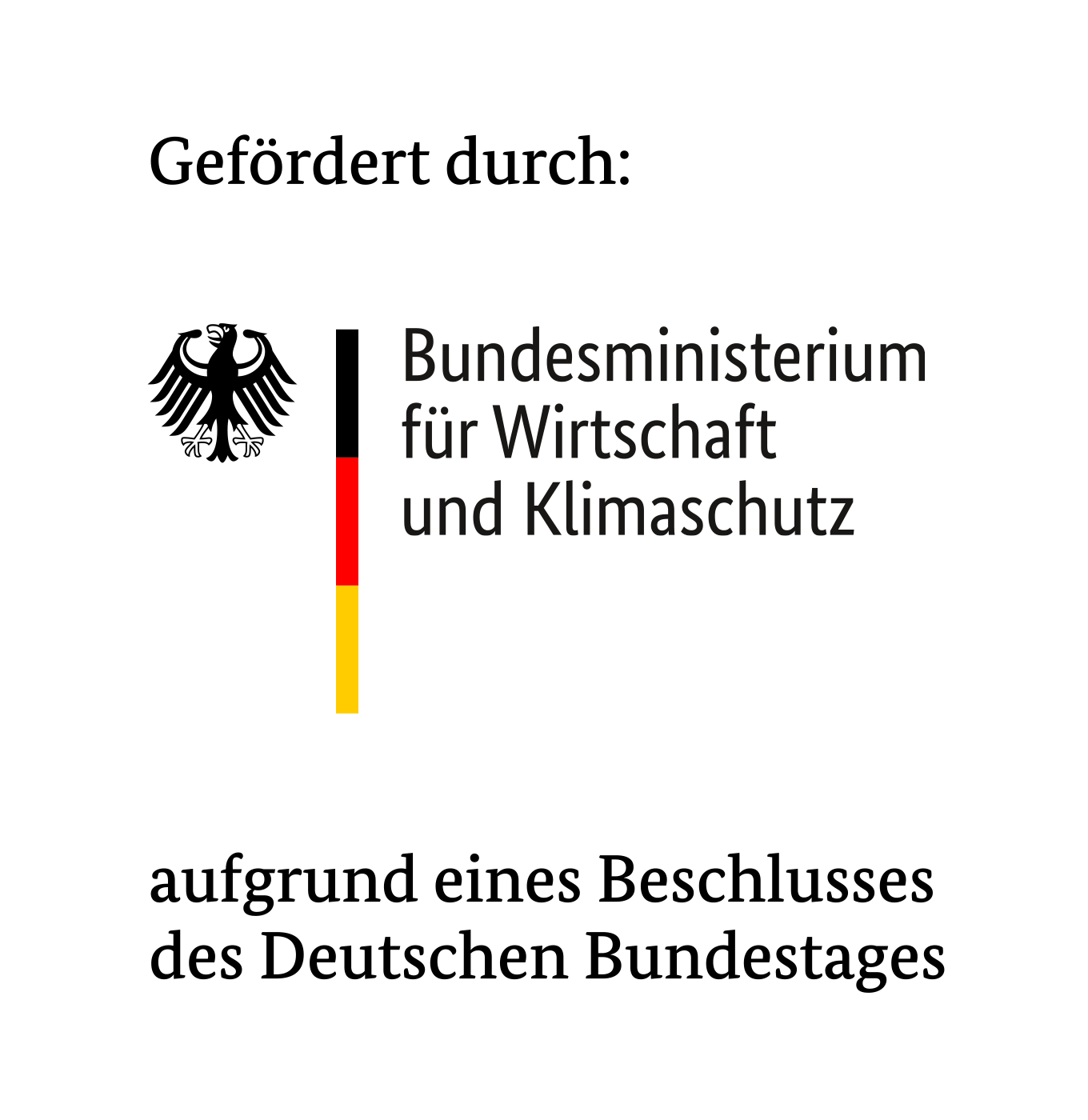Brief description
District heating systems are an important part of today’s heat supply and, even more, of the future heat supply. In order to be able to integrate more heat sources in a cost-effective way, the supply temperature shall be reduced to 95 °C or less. The integration of those heat sources is further supported by an additional reduction of the return temperature in the district heating system via an absorption heat pump (AHP).
The impact of a decreased network return temperature on heat distribution and heat supply was investigated by a comprehensive simulation calculation in the PARTA project (Potentials of absorption heat pumps for return flow temperature reduction in district heating systems). For the adaptation to fourth generation district heating systems, a modified concept of the solution circuit shall be developed and experimentally investigated.
The economical advantages shall be quantified, resulting from the decreased heat distribution losses, the saved power consumption of the circulating pump, and the alternative pipeline material. An investment cost reduction of the absorption heat pump via an alternative solution pump is investigated as well. Following on from the OptAwEW project, a field test shall be pursued for a follow-up project – the prerequisites for a field test need to be created in the OptAwEW project.
Function description
In the process diagram, the schematic structure of the novel district heating substation with an integrated absorption heat pump is shown. The district heating system on the primary side flows through the generator of the absorption heat pump, through the conventional main heat exchanger, and through the evaporator of the absorption heat pump, in the specified sequence; the available high exergy level is used to power the absorption heat pump. The evaporator takes heat from the district heating system also below the return temperature on the secondary side. Thus, thermal energy which would not be further usable with a conventional district heating substation becomes available.
Due to the novel district heating substation, (i) the return temperature of the district heating system is decreased, and (ii) an increase in the temperature difference between network forward flow and return flow is achieved, thus (iii) the mass flow in the district heating system can be reduced while the transmission capacity remains unchanged. The entire heat taken from the generator and the evaporator of the district heating system is delivered via the condenser and absorber components to the secondary district heating system.
Objectives
- Optimization of heat and mass transfer in the solution circuit regarding fourth generation district heating systems via a new generator concept
- Decrease in investment costs by using a cost-efficient solution pump
- Investigation of the technical life cycle of the new solution pump
- Recording an AHP performance map from nominal power to light load with new generator and new solution pump
- Definition of necessary safety measures for a field test
Project duration
October 2020 - September 2022
Project partner
Fernwärme-Forschungsinstitut e. V. (District Heating Research Institute)
Acknowledgements
The OptAwEW project has received funding from the Industrial Collective Research program (IGF grant number 21315 N/2) by the Federal Ministry for Economic Affairs and Climate Action (BMWK) via the German Federation of Industrial Research Associations (AiF). The authors would like to sincerely thank for their support.



Contact

Luisa Haak, M.Sc.
Academic employee


